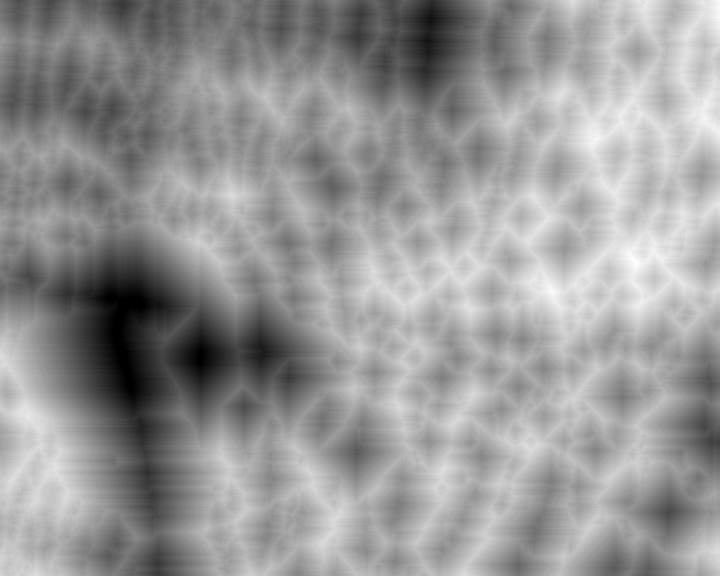The piece Meltdown was originally produced for an audio-visual live performance at Essl Musum for Contemporary Art, in Klosterneuburg, Austria on May 15, 2008.

This video shows part 2, some 14 minutes long. The full piece was 43 minutes in length with a pre-produced video track and live music. The trio version was performed by myself on processed electric bass and electronics with Clementine Gasser on 5-string Cello and Mikolaj Mikolaj Trzaska on Bass Clarinet.
Meltdown was inspired by french philosopher Guy Debord, a founding member of the Situationist International (SI).
The title “Meltdown” refers to a general collapse of todays social systems and traditional work environments, accompanied by the symbolic meltdown of democracy, public participation in political processes. It seems necessary to “re-synthesize” the ideas of Debord and others into a new strategy to stand against these developments
Guy Debord (1931-1994) postulated, that “alienation”, “reification” and “fetishism of the commodity” could be accounted for by the invasive forces of the ‘spectacle’ – the seductive nature of capitalism. This analysis probed the historical, economic and psychological roots of ‘the media’. Central to this school of thought was the claim that alienation is more than an emotive description or an aspect of individual psychology: rather, it is a consequence of the mercantile form of social organization which has reached its climax in capitalism.
For the video part of “Meltdown” some sequences of Debord’s original film of 1975 were digitally re-processed and re-synthesized where the re-processing refers to ideas Debord used in his own films. He called this technique “détournement”, the recontextualisation of various elements of other films, TV advertising etc. to create new combinations and open new insights being built out of these “detourned” elements.
Contemporary techniques of digital video processing have been used to process the original material. In the resulting textural video basically nothing is left but a few fragments of the english subtitles of Debord’s voice-over of the original film. In his text “A User’s Guide to Détournement” of 1956 he wrote about this way of creating:
“Ideas and creations in the realm of détournement can be multiplied at will. […] it is being understood that these separate sectors are significant only in relation to present-day techniques, and are all tending to merge into superior syntheses with the advance of these techniques.”
The music part of “Meltdown” does reflect the textural nature of the visual elements but still has to be much more than background music for the visuals. It does develop a life of its own and raises the stimulus of the observer in a significant way by creating a dense atmosphere. Live processed abstract electronic sounds are combined with bass guitar and concrete noises of a steel factory (a reference to the title of the piece and the collapse of post-industrial work environments). The instrumental parts of Cello and Bass Clarinet increase the musical spectrum with their specific timbre. The vibrancy and rich colors that the performers elicit from their instruments root the piece back down to earth.
Sound and video together are more than just the total of its elements. In the “User’s Guide to Détournement” Debord wrote about the combination of two different medias:
“The mutual interference of two worlds of feeling, or the bringing together of two independent expressions, supersedes the original elements and produces a synthetic organization of greater efficacy.”
